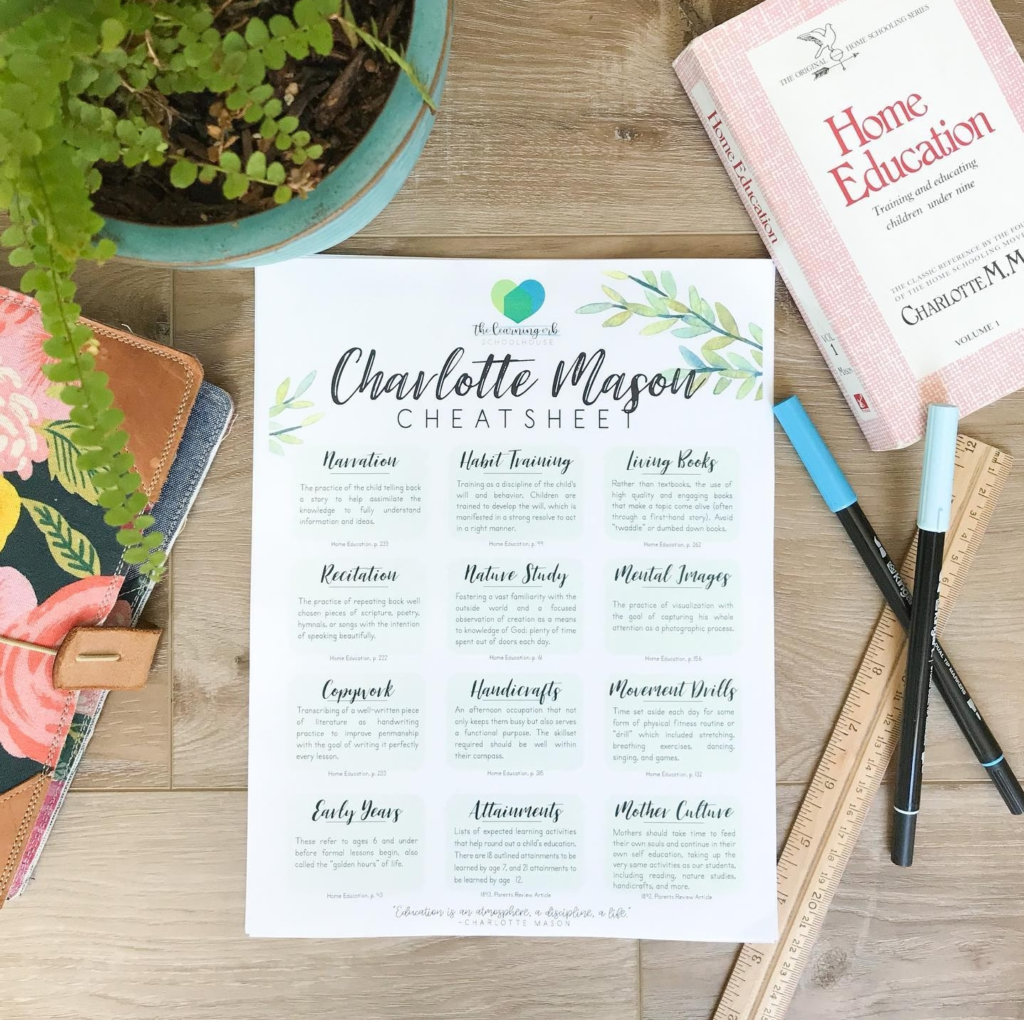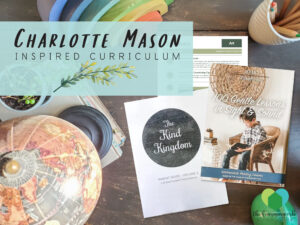
Breaking Down an Object Lesson
Discover a few key distinctions to a Charlotte Mason nature study

For those new to the Charlotte Mason method, they must go through a steep learning curve to even understand her terms. Any new-to-you educational method is likely to come with unfamiliar verbiage. However, it doesn’t help that Charlotte Mason wrote her vast six volumes of philosophy in the late 1800s. The surprising part is how easily her methods fit the needs of modern times. They offer simplicity and structure, finding their way in our daily lives–not just our time in the homeschool room. They’ve increased our family’s quality of life by helping us focus on what matters most and weeding out the rest.
Want to know the basics? The following certainly don’t encompass all of Miss Mason’s philosophies but is a digestible way to wet your appetite for the feast she will soon lay out for your children’s education.
The practice of the child telling back a story to help assimilate the knowledge to fully understand information and ideas. –Home Education, p. 233
The practice of repeating back well chosen pieces of scripture, poetry, hymnals, or songs with the intention of speaking beautifully. –Home Education, p. 222
Transcribing of a well-written piece of literature as handwriting practice to improve penmanship with the goal of writing it perfectly every lesson. –Home Education, p. 233
These refer to ages 6 and under before formal lessons begin, also called the “golden hours” of life. –Home Education, p. 43
Training as a discipline of the child’s will and behavior. Children are trained to develop the will, which is manifested in a strong resolve to act in a right manner. –Home Education, p. 99
Fostering a vast familiarity with the outside world and a focused observation of creation as a means to knowledge of God; plenty of time spent out of doors each day. –Home Education, p. 61
An afternoon occupation that not only keeps them busy but also serves a functional purpose. The skillset required should be well within their compass. –Home Education, p. 315
Lists of expected learning activities that help round out a child’s education. There are 18 outlined attainments to be learned by age 7, and 21 attainments to be learned by age 12. –1893, Parents Review Article
Rather than textbooks, the use of high quality and engaging books that make a topic come alive (often through a first-hand story). Avoid “twaddle” or dumbed down books. –Home Education, p. 262
The practice of visualization with the goal of capturing his whole attention as a photographic process. –Home Education, p. 156
Time set aside each day for some form of physical fitness routine or “drill” which included stretching, breathing exercises, dancing, singing, and games. –Home Education, p. 132
Mothers should take time to feed their own souls and continue in their own self education, taking up the very same activities as our students, including reading, nature studies, handicrafts, and more. –1892, Parents Review Article
This only scratches the surface. While cheatsheets like this make it easier to digest the Charlotte Mason method, I’ll challenge you to eventually read the volumes, as nothing can truly replace them. For now, download your own copy for free to add to your teacher resources.

Discover a few key distinctions to a Charlotte Mason nature study

Here’s a list of a few curriculum providers to help you get started

See the quicklist cheat sheet for getting to know the Charlotte Mason method

Enjoy a Charlotte Mason Christmas with these simple Christmas guides